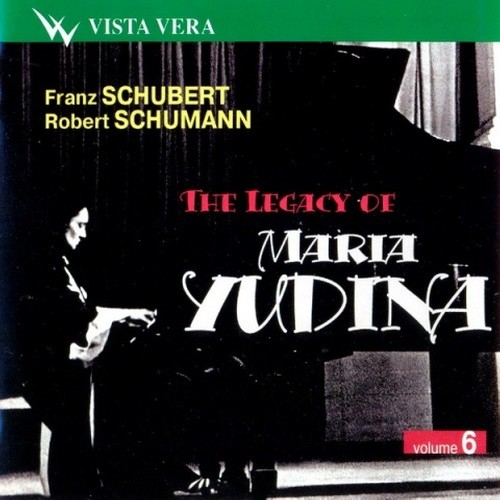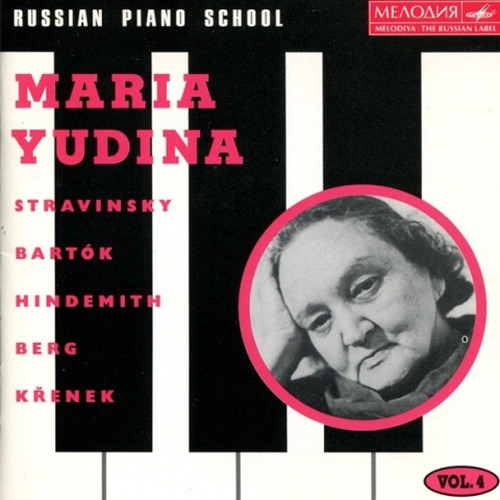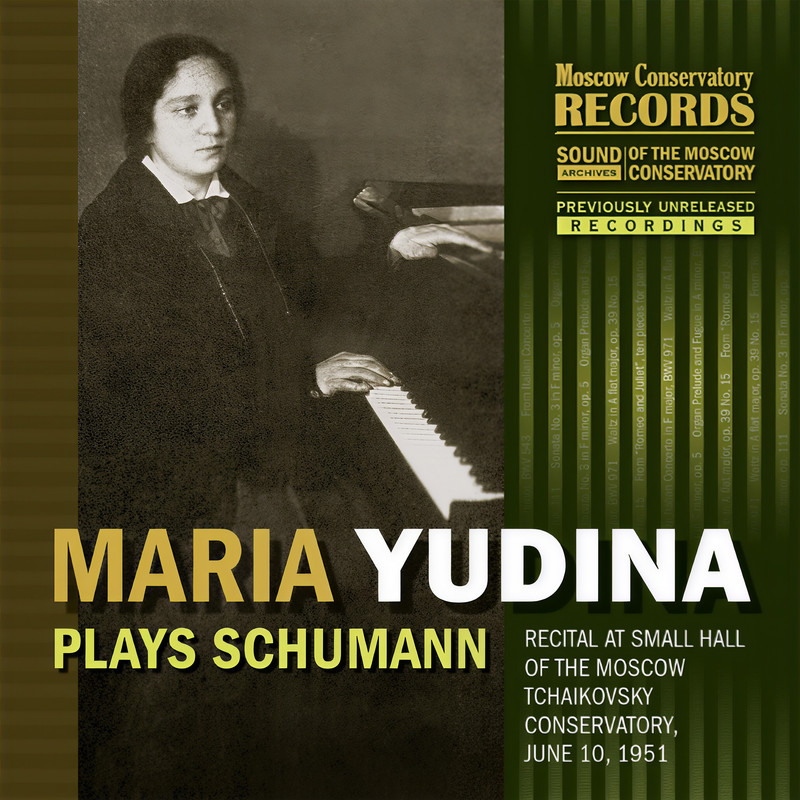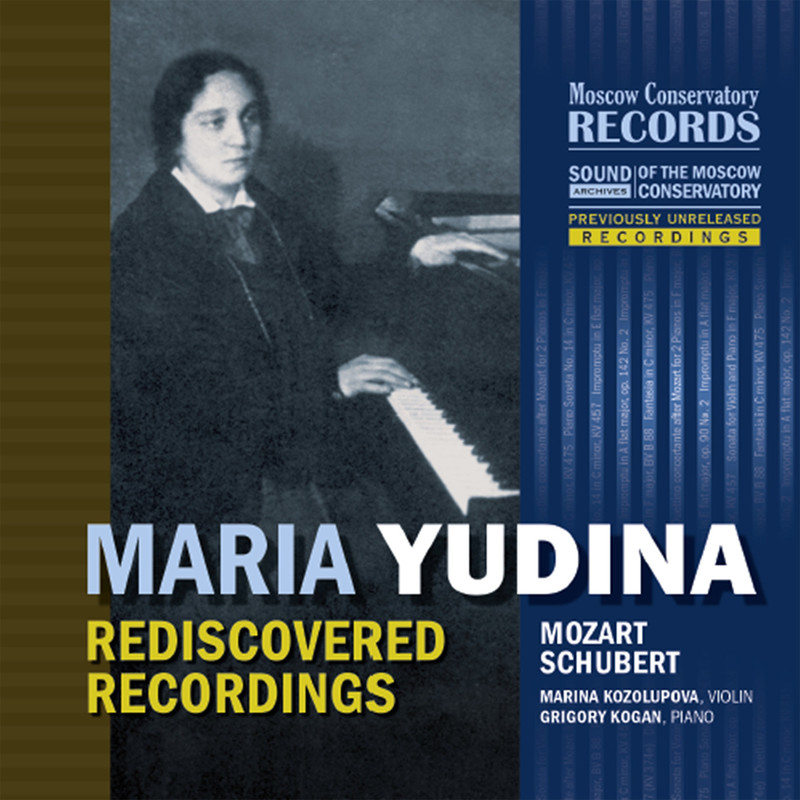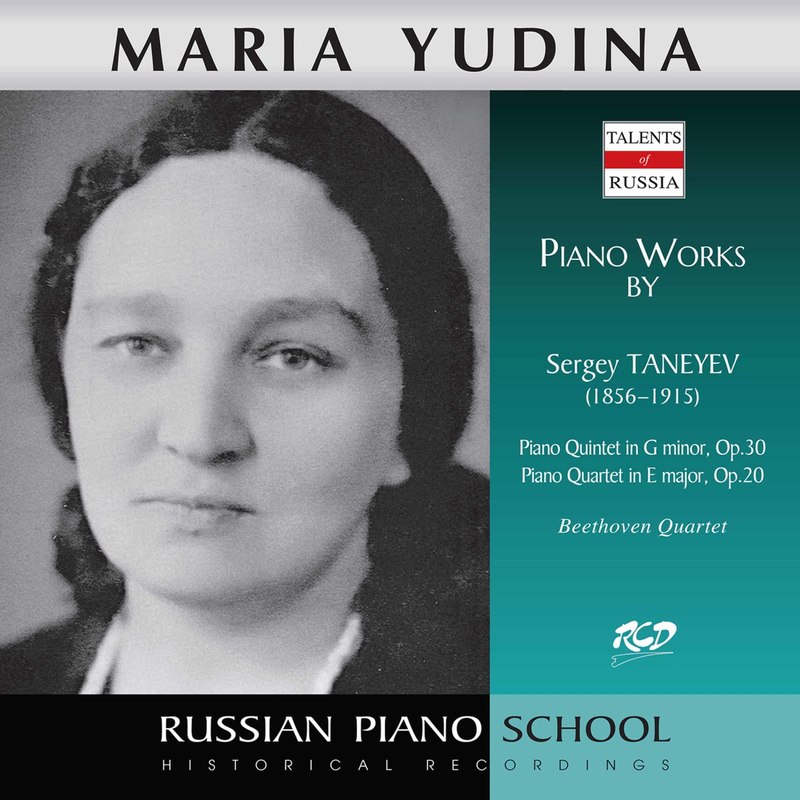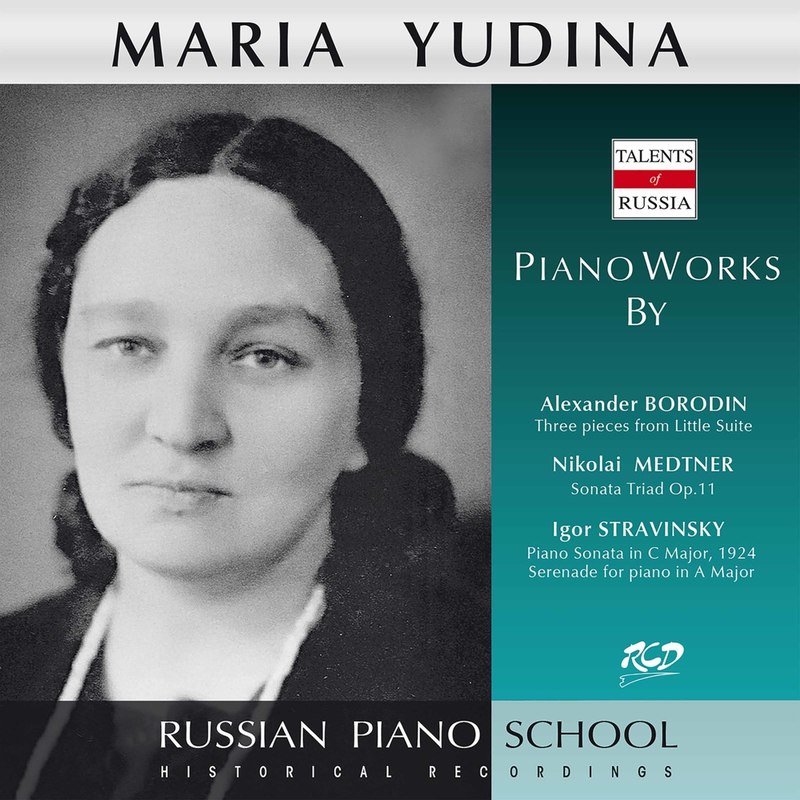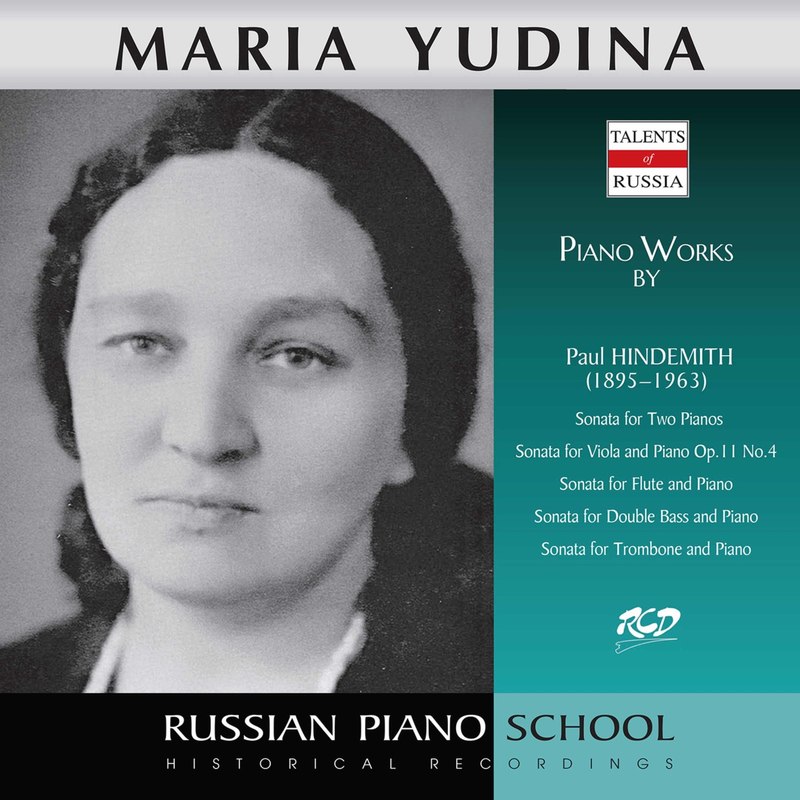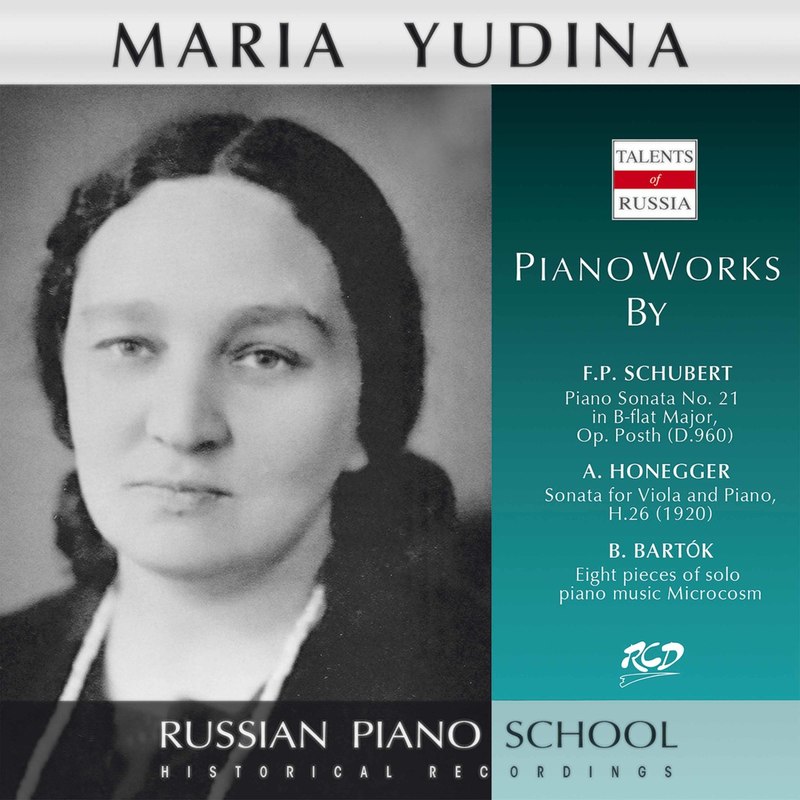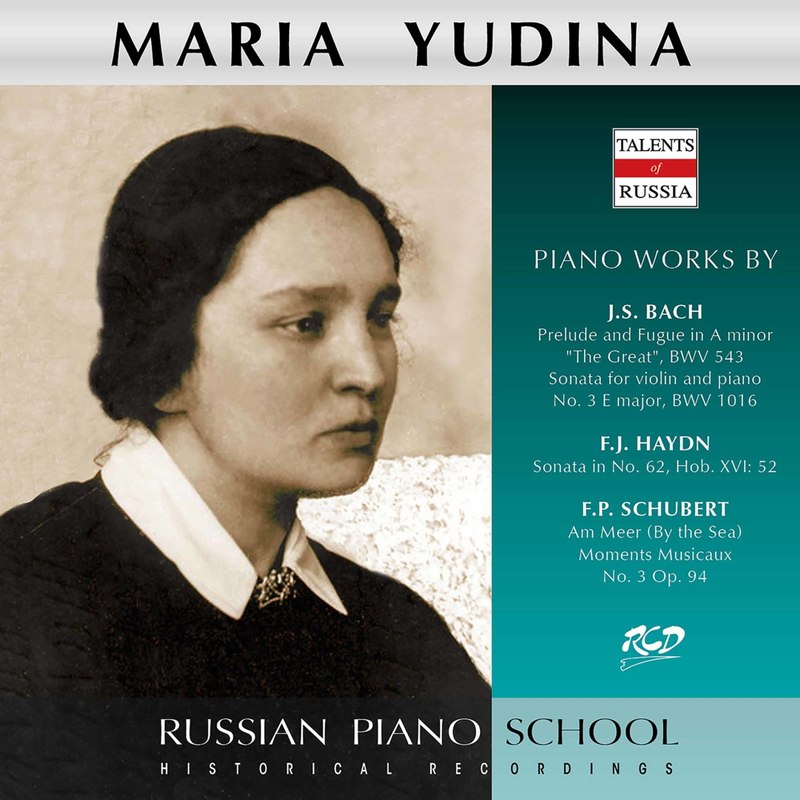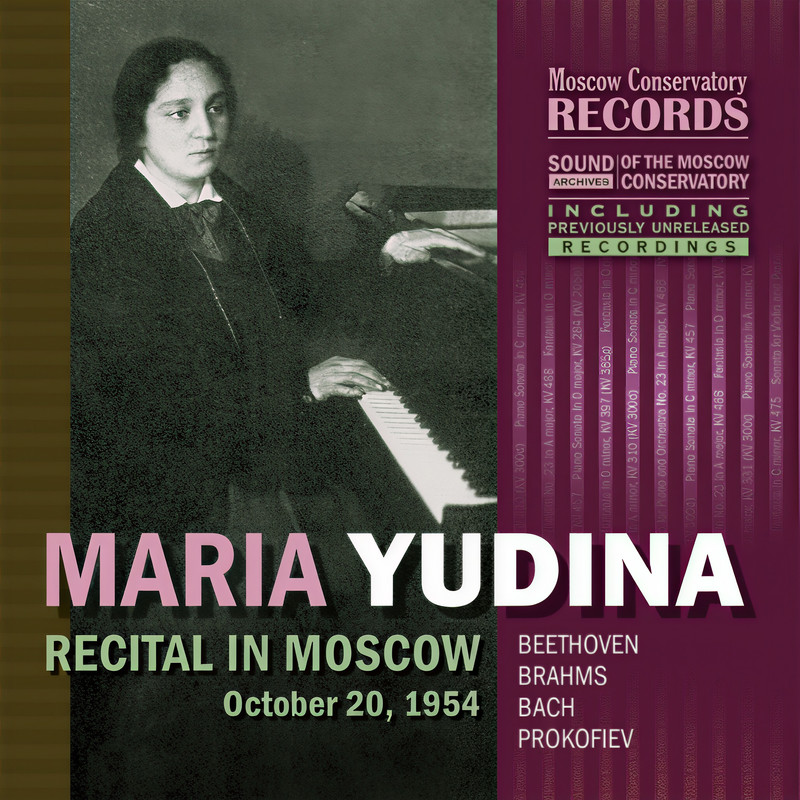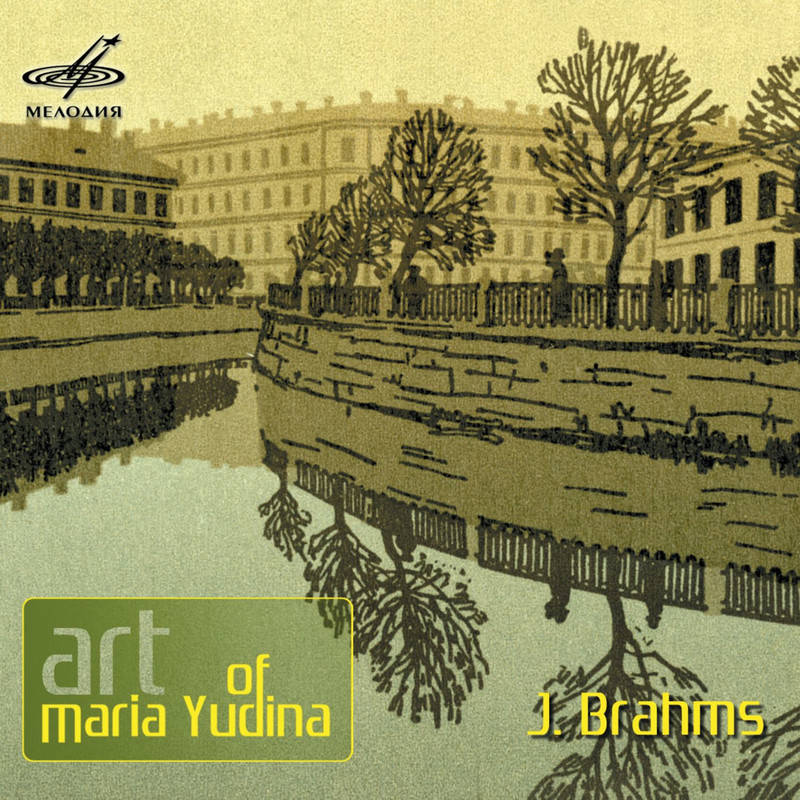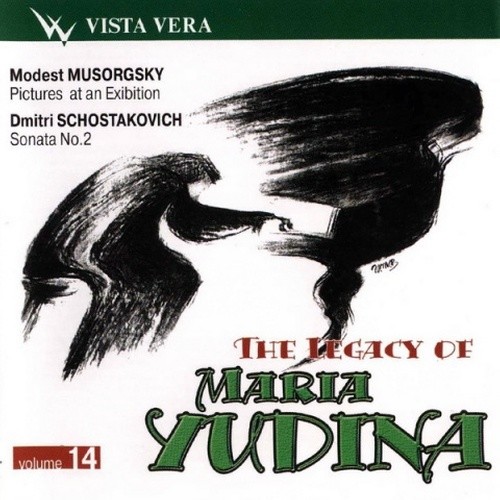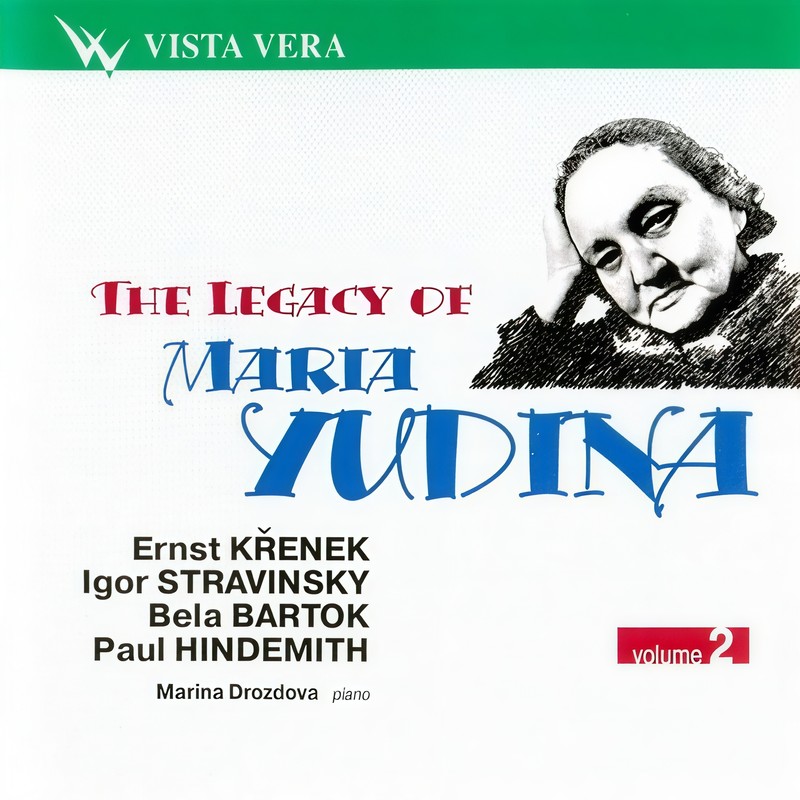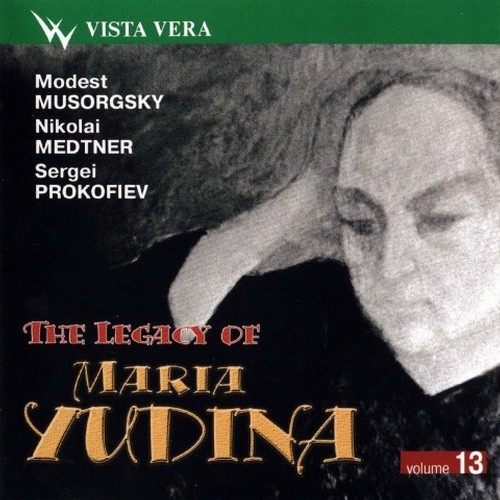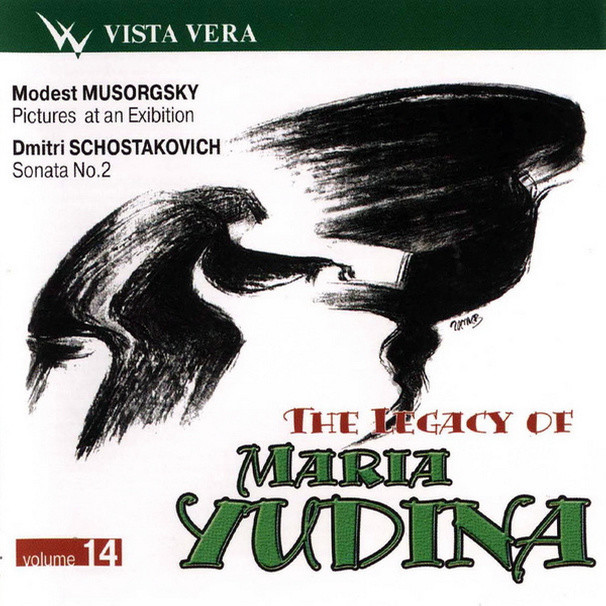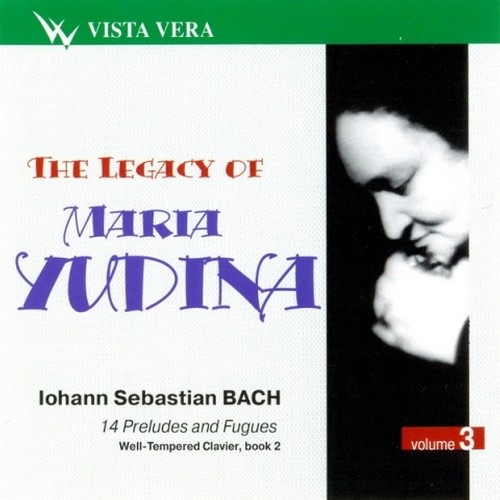
The Legacy of Maria Yudina, Vol. 3
Maria Yudina
2004-01-01
专辑简介
by James Manheim
The opening of Russian vaults by commercial recording concerns has delivered plenty of genuinely unusual material, especially in the realm of Bach performances. The collision of the great Russian piano school with the then imperfectly (and still imperfectly) understood music of Bach produced some especially fascinating results -- fascinating above all to seekers of music that definitely falls outside of the lines, but fascinating nonetheless. Consider these recordings of preludes and fugues from Bach's ,Well-Tempered Clavier, Book 2 by Maria Yudina, who studied at the St. Petersburg Conservatory and suffered mightily under Communism after adopting the Russian Orthodox faith. According to the booklet notes (in Russian and English) she lived in poverty, wearing the same dress for years on end, but proclaimed that artists ought to be poor. The booklet goes on to state that her interpretations of Bach's keyboard works "relate to the fact that she apprehended Bach's music in the context of the Christian culture." Yet it's hard to call them spiritual; they are dramatic, filled with contrasts and surprising tempo decisions. Perhaps the best way to describe them is tactile. They often do not feature sharp contrasts within prelude-and-fugue pairs; she approaches these, oddly, as single units. Among the different pairs, however, there are sharp distinctions of texture and approach. Although there is no indication that she herself played the organ, Yudina's playing brings to mind a pianist who is trying to evoke that instrument, and this does give the music a kind of religious grandeur. She attacks some of the preludes with a heavy touch, trying to produce a piercing sound and bleed one note into another. Other pieces are hushed and dense, as if rendered in quiet organ registers. Her readings are filled with dynamic contrasts and antiphonal effects that come as surprises where they occur, and it should be clear that this is unorthodox Bach in the extreme. It is also an excellent example of how his music retains its appeal even in ramifications distant from its original setting. A defect in the presentation is that the buyer simply learns that these performances were recorded between 1953 and 1957, with no indication of when or where for each individual performance. It would have been helpful to know which ones were of a piece with one another. Sound is tinny, harsh, and sometimes outright distorted.
专辑曲目
1
Johann Sebastian Bach: The Well-Tempered Clavier , collection of preludes & fugues, Book II, BWV 870-893 (BC L104-127 No. 1 C-Dur. Prelude)
Maria Yudina
2

